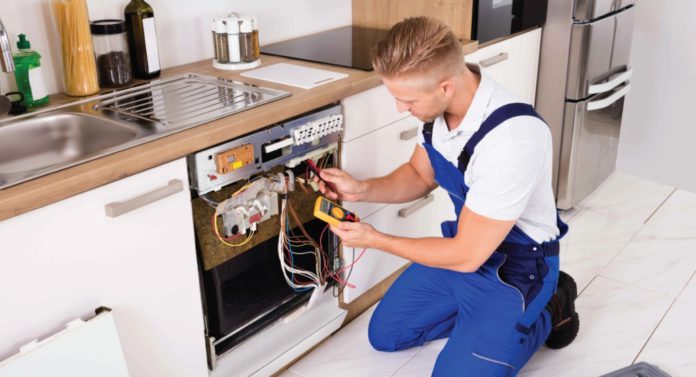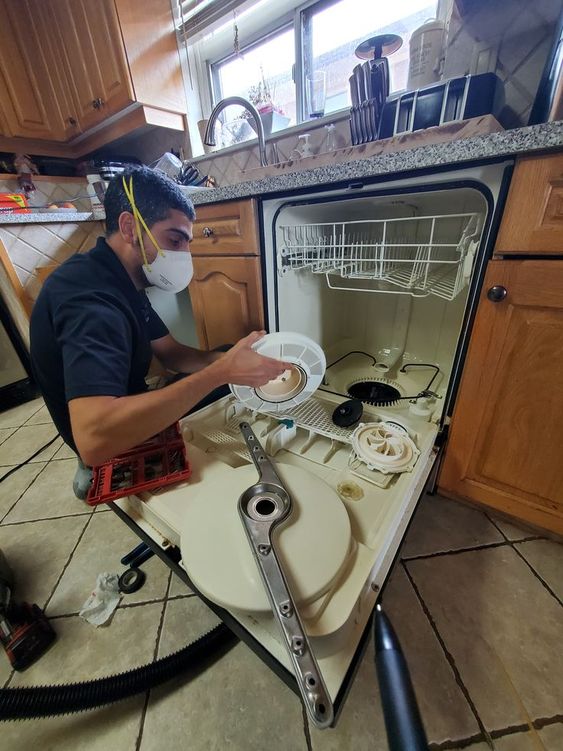Let’s face it, a broken kitchen appliance can bring your whole cooking routine to a screeching halt. Before you resign yourself to takeout or ordering a brand new appliance, consider this: there might be a hidden fix you can try yourself! I’m a major kitchen appliances repair technician, and I’m here to share some trade secrets to help you troubleshoot common problems and potentially save yourself time and money.
When to Call in a Pro vs. DIY Appliance Repair
Now, I’m not going to sugarcoat it. There are some repairs that are best left to the professionals. Here’s a quick guideline to help you decide:
- Safety First: If the appliance involves gas lines, exposed electrical wiring, or requires refrigerant handling, call a qualified technician. Messing with these elements can be dangerous.
- Complexity Counts: If the problem involves dismantling a major component or requires specialized tools and knowledge, like replacing a sealed compressor in a refrigerator, leave it to the pros.
However, for many common issues, a little DIY spirit can go a long way. Let’s dive into some kitchen appliance repair secrets you can tackle yourself:
Troubleshooting Common Kitchen Appliance Problems
Refrigerator on the Fritz?
- Check the Power: This might seem obvious, but make sure the appliance is plugged in and the outlet is working.
- Defrost Drama: Many refrigerators accumulate ice buildup that can impede airflow and cooling. Check the defrost drain and defrost timer (if your model has one) to ensure proper defrosting cycles.
- Coil Cleanliness: The condenser coils on the back of your fridge release heat. Dusty or dirty coils can reduce efficiency. Unplug the refrigerator, gently vacuum the coils, and allow them to breathe freely.
Range Running Hot or Cold?
- Calibration Confusion: Over time, oven temperatures can drift. Consult your owner’s manual to see if your oven has a built-in calibration mode.
- Element Issues: Faulty heating elements can cause uneven cooking or a lack of heat altogether. If you’re comfortable with basic tools, you might be able to replace a malfunctioning element yourself (be sure to match the correct part number for your model).
Dishwasher Dishes Still Dirty?
- Spray Arm Sweep: Food particles can clog the holes in the spray arm, preventing proper water distribution. Remove the spray arm and clean the holes with a toothpick or pipe cleaner.
- Filter Foul-Up: A clogged dishwasher filter can restrict water flow and hinder cleaning. Locate your dishwasher’s filter (usually at the bottom) and clean it according to the manufacturer’s instructions.
Microwave Not Microwaving?
- Door Dilemma: A faulty door switch can prevent the microwave from operating for safety reasons. Consult your manual for instructions on testing or replacing the door switch.
- Magnetron Mystery: This is the heart of a microwave and generates the heat for cooking. If the magnetron malfunctions, you’ll need to call a professional for repairs.
Bonus Tips for Extending Appliance Life
- Read the Manual: Your owner’s manual is a treasure trove of information. Learn about proper use, cleaning procedures, and troubleshooting tips specific to your appliance model.
- Regular Cleaning: Schedule regular cleaning for your appliances. This includes wiping down surfaces, emptying crumbs and debris trays, and lubricating moving parts (consult your manual for specific lubrication points).
- Power Play: Avoid power surges by plugging your appliances into surge protectors.
- Listen Up: Pay attention to unusual noises or smells coming from your appliances. Early detection of a minor issue can prevent a major breakdown.
By following these tips and secrets, you can not only troubleshoot common kitchen appliance problems but also extend the life of your trusty companions in the kitchen. Remember, when in doubt or if the issue seems complex, don’t hesitate to call in a qualified major kitchen appliances repair technician.





